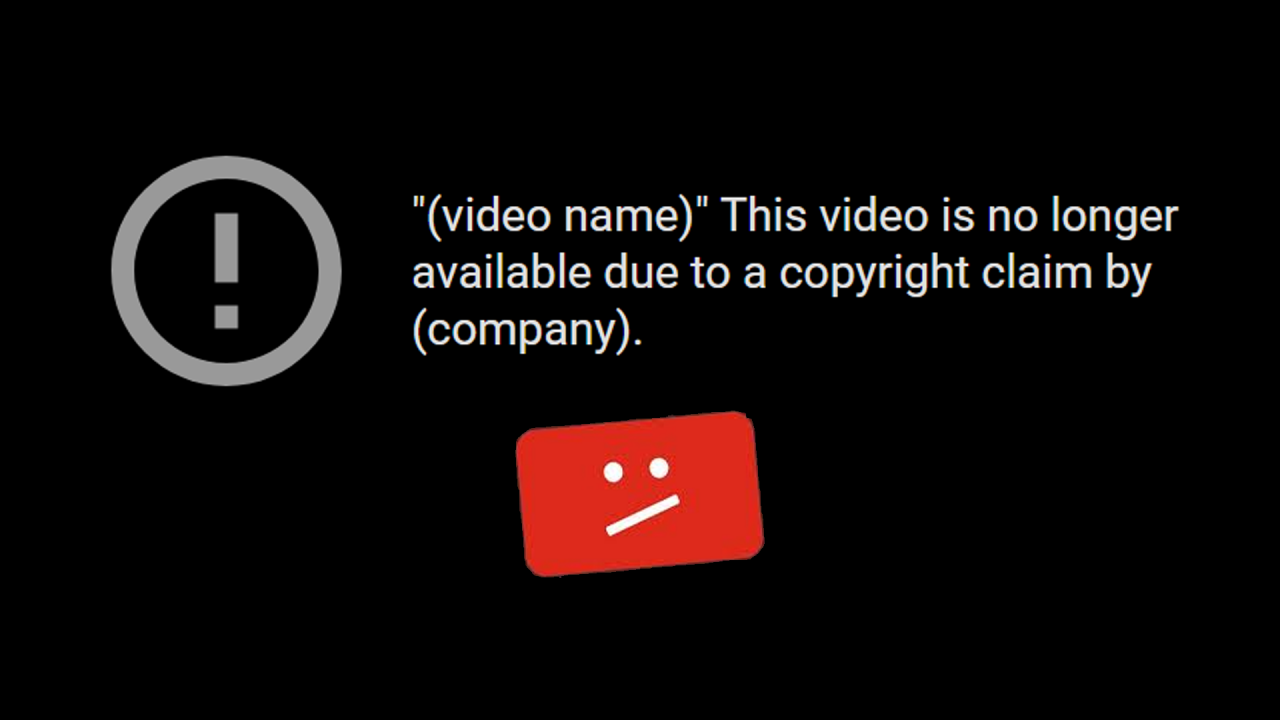A new video, hosted by Barbara, was released on Creator Insider today featuring a “deep dive” into specific types of content that violate community guidelines, how to tell when they’re okay to post or not, and when they might be allowed.
(I use “deep dive” in quotes because while example types of content were given, this was more of just a direct read-off of what’s already listed in YouTube’s Community Guidelines. I personally felt that for a “deep dive” they could’ve talked more about it, or something… but as a “quick bites for those who don’t read the rules” it certainly works.)
An important clarification made is that the Community Guidelines applies to all YouTube products and services – including (but not limited to) the actual video content, video descriptions, comments, live streams, live chat, etc.
The first category being discussed for content that might violate Community Guidelines are Extremely Dangerous Challenges.
These videos are not allowed on the platform if they involve:
- Asphyxiation
- Mis-use of weapons
- Consumption of harmful substances
- Burning, freezing, electrocution
- Blunt force trauma
- Just about anything risky or dangerous featuring children
Pretty much anything involving bodily harm or risk of bodily harm has no place on the site. This might sound obvious, but the Tide Pod Challenge was a thing that never should have happened.
Next, Pranks were discussed. There’s nuance to this genre and prank videos were once a massive genre on the platform, but there’s quite a few situations where it would be unacceptable:
- Pranks that inflict physical harm or could inflict physical harm, such as
- Shocking people
- Putting things in people’s food (think toothpaste Oreo or roofies)
- Threatening pranks that make people think they’re in immediate real danger
- Such as SWATting
There’s more nuance to pranks than direct physical danger. While SWATting is illegal and an extreme form of this, there have been prank videos which rely on pushing racial or other prejudice/xenophobia-based boundaries in a situation where the victim feels physically threatened and unsafe. These would also not be okay to post. This was sort-of mentioned with the third prank category:
- Emotional Distress
Situations where someone is put under emotional distress (such as feeling unsafe) are also not allowed. Barbara made sure to note that there’s a lot of considerations with this category, such as the context of the prank and who the target was. Her example was again if the target was a minor, that would not be okay – but my described situation should be applicable as well.
Lastly, Drugs were discussed. This one was pretty self-explanatory:
- Don’t do, make, or sell hard drugs on Youtube
- Don’t post content involving minors consuming hard or soft drugs or alcohol.
Not sure anyone really needed that explained to them.
Barbara then went on to clarify that content featuring these things may still be allowed if it falls under what they call EDSA: Educational, Documentary, Scientific, or Artistic. This is the standard “exception to the rule” with this kind of content. Artistic is the biggest grey area of them, and what many stubborn line-walking creators try to argue when defending their content.
I will say, I’ve been impressed by YouTube’s big push over the past couple years to clean up the site. Prior to… 2017? YouTube was basically the wild west with spam and malicious content run amok and they have really cracked down on rule enforcement and cleaned it up quite a bit. Most of this content has no place on any platform, nevertheless the biggest and most monetizable video platform, so the more communication they can put out about these rules, the better – even if I feel this was a bit weak to be called a “deep dive.”
